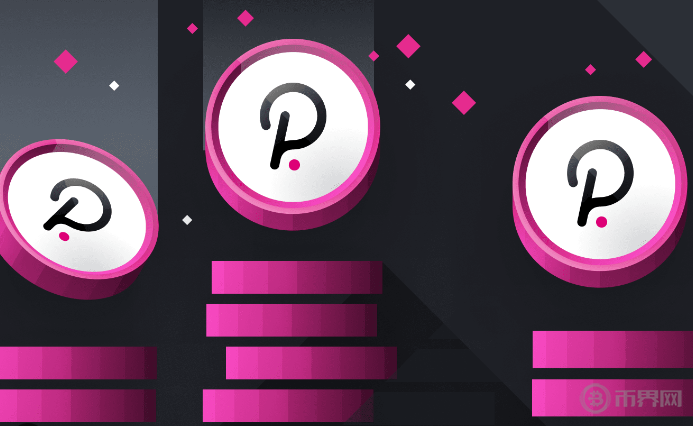
As an innovative cross-chain project, Polkadot has attracted widespread attention in the blockchain field in recent years. Its founder Gavin Wood recently issued an article announcing that Polkadot will open a binding vote to decide whether to rename the native token DOT (change the denomination of the DOT token). The results of this vote will have a profound impact on the future development of Polkadot.
Voting background and current situation
According to data from polkadot.js.org, most users who participated in the vote chose to split DOT 100 times, that is, there will be 1 billion DOT in genesis, and the price of DOT will be 100 times lower on the surface. The voting results show that the vote for splitting DOT 100 times accounted for the highest proportion of votes, with a vote count of 327,808.206 DOT; followed closely by the voting options for splitting DOT 100 times and 1000 times, with a vote count of 219,389.015 DOT and 188,205.229 DOT respectively. ;The votes that agreed to remain the same were the lowest, with 39,502.205 DOT.
It should be noted that this vote will not affect any economic benefits of Polkadot. Equity returns, inflation, effective market capitalization, and the base balance of each account will remain completely unchanged. Voting only determines the unit used to denominated the balance into DOT tokens.
Historical voting review
In fact, Polkadot conducted a similar vote on the test network Kusama two months ago, launching a referendum to change the DOT token counting unit. The proposal had four main options at the time:
The total supply of DOT is increased from 10 million to 1 billion;
The DOT token distribution balance will increase 100 times, so the original 1 DOT token will become 100 DOT tokens;
The distribution of DOT tokens remains unchanged, and DOT holders still have the same network share as before the change;
DOT unit precision will change from 12 digits to 10 digits.
At that time, Polkadot officials stated that the main benefit of this proposal was to simplify the DOT measurement system by avoiding the use of too many smaller decimal places. The results showed that the community voted to confirm the split of 1 DOT into 100 DOT. However, as the vote was non-binding, the proposal was not implemented.
The future outlook of Polkadot Network
The Web3 Foundation said at the time, "The community has obvious differences on this proposal, so it decided not to implement the proposal. In the future, it may choose to implement such voting in the Polkadot network. This proposal was implemented in the test network Kusama and did not Really binding, but the execution of the relevant vote in the Polkadot network is binding."
Polkadot is a collection of heterogeneous blockchains composed of multiple blockchains, aiming to support communication and data transfer between independent blockchains. Its founder Gavin Wood once participated in the creation of Ethereum and wrote respectively Ethereum technical specifications "Yellow Book" and Solidity, a high-level language used for smart contract design and development.
Polkadot’s technical advantages and application prospects
Polkadot’s technical architecture and design concepts make it unique in the blockchain field. Its core technologies include:
Heterogeneous multi-chain architecture: Polkadot achieves interoperability between different blockchains through the design of relay chains and parallel chains.
Shared security: Polkadot’s relay chain provides a shared security mechanism, allowing each parallel chain to share the security guarantee of the relay chain.
Scalability: Polkadot’s design allows the capacity of the network to be expanded by adding more parachains to support more applications and users.
These technical advantages make Polkadot have broad application prospects in cross-chain communications, decentralized finance (DeFi), Internet of Things (IoT) and other fields.
Conclusion: Polkadot’s vote is not only an adjustment of the DOT token counting unit, but also an important decision on its future development direction. Through extensive community participation and discussion, Polkadot has demonstrated its powerful capabilities and potential for decentralized governance. Regardless of the voting results, Polkadot, as a blockchain project that continues to innovate and develop, will continue to lead the industry trend in the future.
Polkadot’s future is full of infinite possibilities, and this vote will also become an important milestone in its development. We look forward to Polkadot continuing to leverage its technological advantages in the future to bring more innovation and change to the blockchain industry.